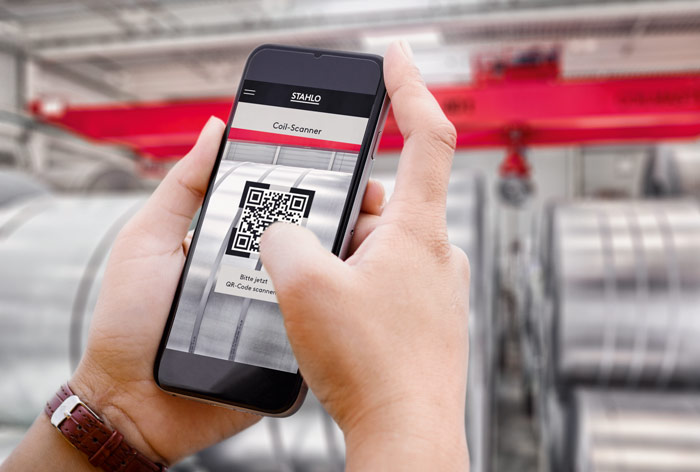The basic idea behind a blockchain is simple. Essentially, it consists of interlinked data sets. Take the following example: The information about steel products that a steel manufacturer gives its customer could be saved in a blockchain data set and included in the scope of supply. The buyer would then add details about its own machining processes to the data set, and pass this on to its own customers. Nothing out of the ordinary there.
The special feature of a blockchain – and indeed any technology of this kind – is the highly secure linking of the data blocks thanks to cryptographic processes that make subsequent changes to the data impossible. Station B can’t modify the data from Station A by deleting it altogether or removing/adding content. As a result, Station C can be sure the information chain is correct.
Furthermore, in contrast to conventional data management, the data is stored on a decentralised basis. There are no centralised entities. The data sets take the form of parallel, permanently linked copies held by all members of a network such as a supply chain. If one entity adds new information to a data set, all the other data sets of all other entities involved change accordingly. The key feature of this application is its security, which forms the technological basis for trust. Bypassing the cryptographic linking of the data blocks or modifying them without this being noticed is regarded as being all but impossible.


